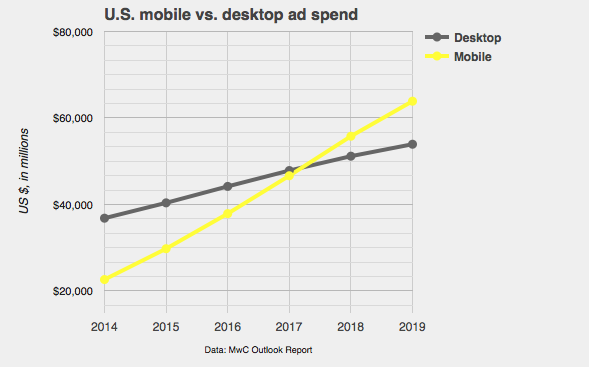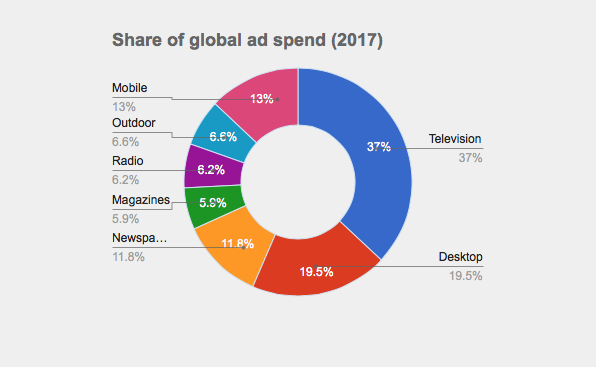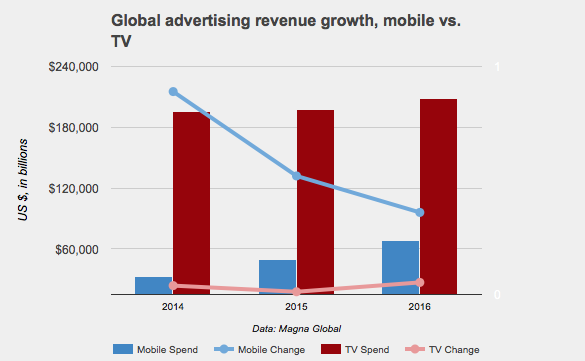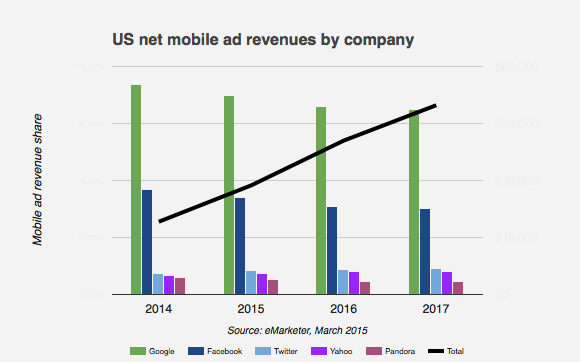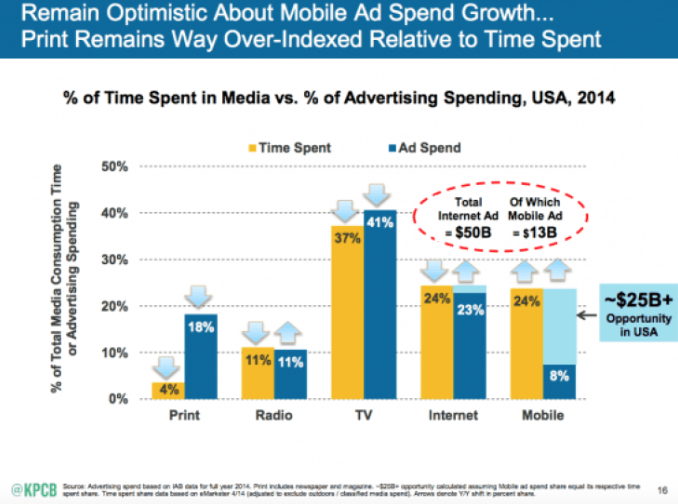People like using Twitter because it’s a good social experience, and it continues to be so, even with some of the changes made to the site to help cater more to new visitors and possible sponsors alike. Now, the company’s pushing its social page even further with the announcement of new pages and collections, which could open the door to shopping opportunities for users.
Adweek recently posted a story on the new features, which tie in with a new discovery tool that enables users to check out content that’s not only relevant to their needs, but also timely based on popularity. They will be tied in with places and products, and users will not only be able to view images, but also video and descriptions based on these items. Users can also check out prices for the items before they make a final purchase.
Twitter recently posted an official blog about the feature, with Amaryllis Fox (@amaryllisfox) breaking down just what can be expected:
“The first experience we’re testing is a new way to surface and organize relevant Tweets about products and places on dedicated pages. These pages will feature images and video about the product alongside information such as a description, price and an option to buy, book or visit the website for more information.
Take for example, the book The Martian by @andyweirdautor. We’ll show you images and a description right above the Tweets that are most timely and relevant to you. These may be Tweets from accounts you follow, relevant news updates, or popular content about the book.”
Brands and influencers will be behind the content, and such partners as @gameofthrones (the hit HBO Show) and @theEllenShow (featuring host Ellen Degeneres) will help with curating the project, in terms of demonstrating just how effective Collections can be.
It’s too soon to tell if the project will take off, but it does open up new possibilities for the social site – provided they’re done the right way, of course.
More information on these services can be found here.
